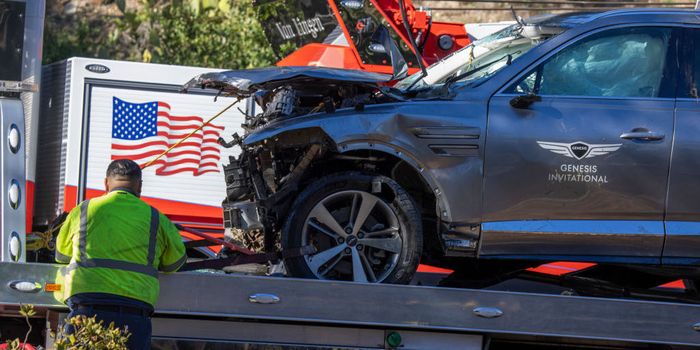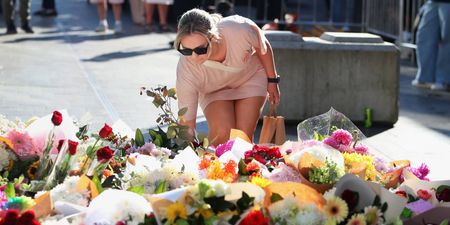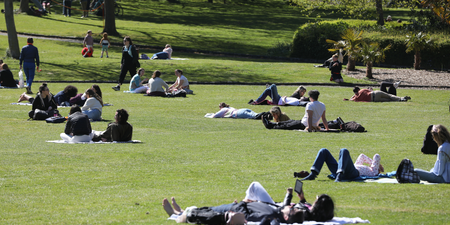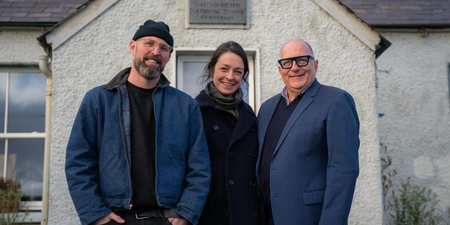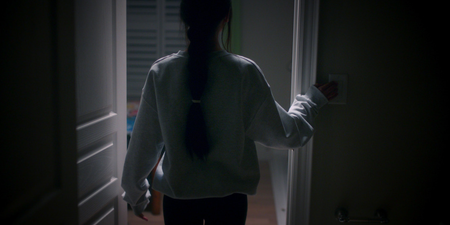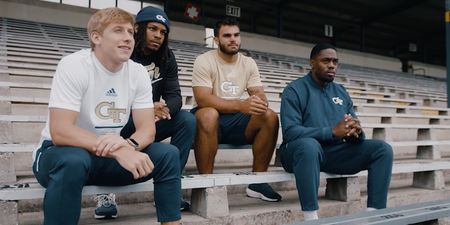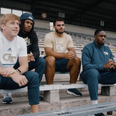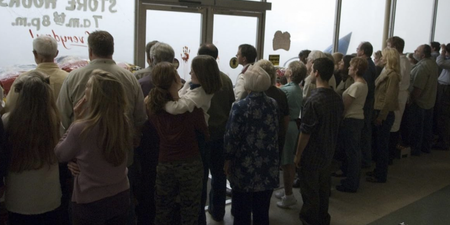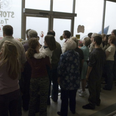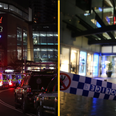Woods had to be removed from the vehicle by firefighters after the incident.
Tiger Woods is “awake and responsive” following surgery for multiple fractures of his right leg after a car accident in Los Angeles.
A statement from Woods’ official Twitter account on Wednesday morning gave an update on the golfer’s condition following the accident on Tuesday.
Tiger Woods sustained serious leg injuries on Tuesday after the luxury S.U.V. he was driving struck the median of a road in Los Angeles County, crossed over into the opposite lane of traffic and rolled over several times before coming to a stop in a grassy area several hundred feet from where he had been driving, the authorities said.
Woods was removed from the crash by firefighters, and the vehicle suffered severe damage.
Woods was transported to the nearby Harbor-UCLA medical center by ambulance and underwent surgery for “multiple leg injuries” after the incident early on Tuesday.
“We thank everyone for the overwhelming support and messages during this tough time,” the statement read.
“As previously communicated Tiger was involved in a single-car accident early this morning in California. He has undergone a long surgical procedure on his lower right leg and ankle after being brought to the hospital.
“He is currently awake, responsive, and recovering in his hospital room.”
In a news conference following the incident, Sheriff Alex Villanueva of the Los Angeles County Sheriff’s Department said it was not immediately clear what caused the collision as no other vehicles were struck and there were no skid marks at the scene.
Anish Mahajan, chief medical officer and interim CEO at the hospital said: “Mr Woods suffered significant orthopaedic injuries to his right lower extremity that were treated during emergency surgery by orthopaedic trauma specialists at Harbor-UCLA Medical Center, a level 1 trauma centre.
“Comminuted open fractures affecting the upper and lower of the tibia and fibula bones were stabilised by inserting a rod into the tibia. Additional injuries to the bones of the foot and ankle were stabilised with a combination of screws and pins.
“Trauma to the muscle and soft tissue of the leg required surgical release of the covering of the muscles to relieve pressure due to swelling.”
LISTEN: You Must Be Jokin’ with Aideen McQueen – Faith healers, Coolock craic and Gigging as Gaeilge
